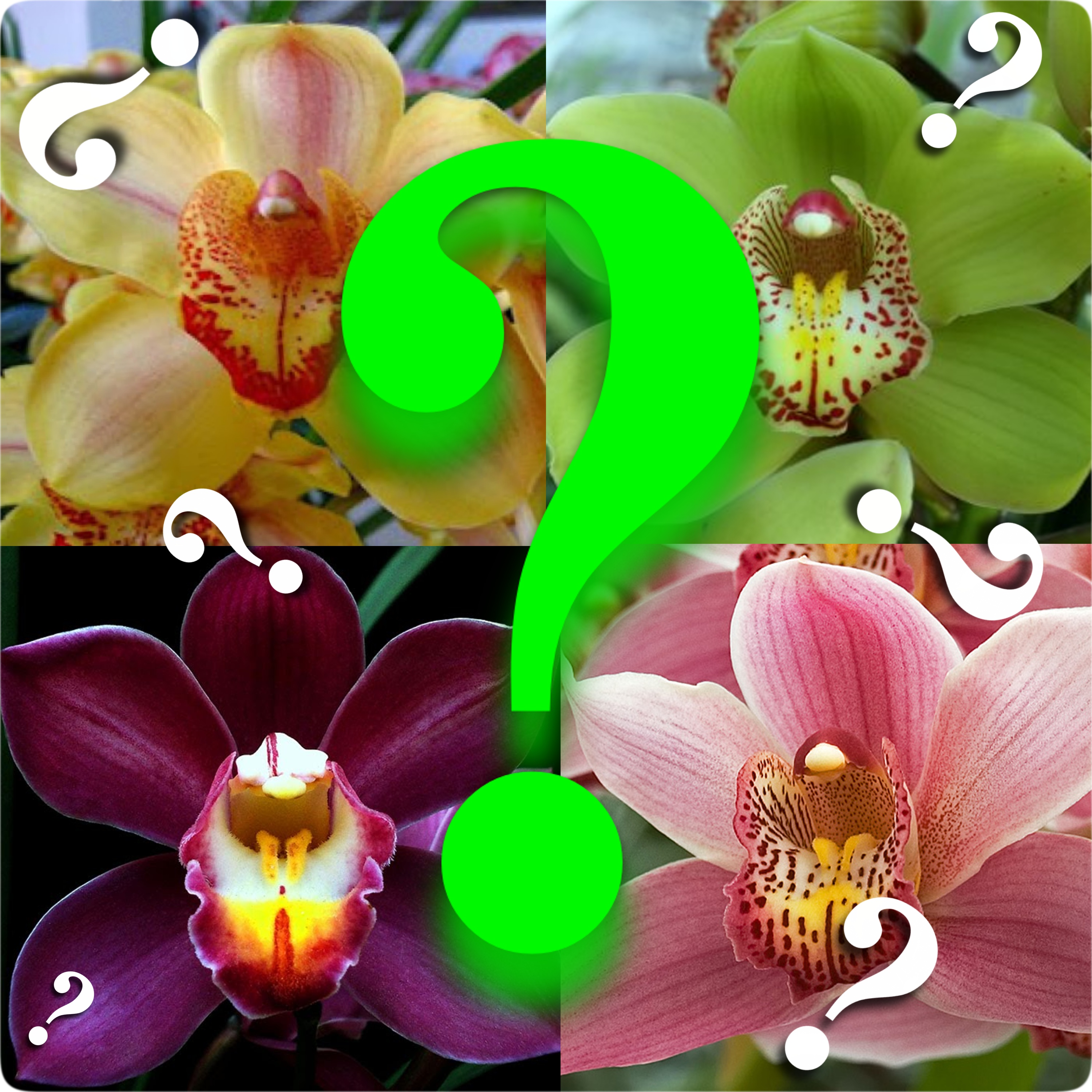Why is so much orchid info online bad, wrong, or low quality?
Because many people simply don’t know what they’re talking about when it comes to orchids (and much else). Do you remember those kids in school who just had to blare out whatever they thought on any subject? They always had an opinion or half-baked thought. They may genuinely have believed they were being helpful, but mostly they lacked a bit of self-awareness. You may even have someone like that in your family or workplace who simply MUST give you advice (often bad) and opinions (often silly) on every situation in your life.
Here’s my hypothesis: a huge amount of stuff posted as comments on the web comes from people like this. They don’t know what they’re talking about, but they feel a need to tell you anyways.
A treasure trove garbage dump of bad orchid advice is the answers given to questions asked on our Amazon listing for Dendrobium kingianum, our top-selling orchid. Any customer can ask a question, and anyone can chime in with an answer. I recently perused what people asked about this orchid we offer, and the “helpful” answers provided by self-declared experts. There’s so much mis-information, ignorance masquerading as deep knowledge, and even confessions of “I don’t know” by people who are trying to answer the question (well, if you don’t know, why bother uploading an answer?).
The following response takes the cake:
Q: How do you grow this plant?
You’ll want to keep the temperature above 55, but below 85 with the highest humidity. [WRONG, WRONG, and HALF-WRONG. You want to let this plant get down into the 40s F (or even 30s F) during winter so that it will set the flower buds for blooming in spring. This plant can easily handle temps into 100+ F; they certainly do at my nursery and in their native Australia. High humidity is good, but not critical for this species.]
Bright light, but out of direct sunlight is best–even a strong halogen bulb will burn the leaves. [OK, not completely off-base re direct sun, but not so true re halogen bulb . You want to get a recalcitrant kingianum to bloom? Give it DIRECT SUN even if the leaves burn. This but of advice was given to me by an expert grower in Australia, where this species comes from]
Repot it as soon as it comes in, [SUPER WRONG!] mine had a solid ball of sphagnum in the roots which will rot and cause damage to your roots. [SUPER DUPER WRONG- sphagnum moss is the BEST medium for this kind of orchid! Wow.]
Don’t repot in a huge container, orchids like to wrap their roots in a ball, so choose a pot only slightly larger to promote growth. [BINGO, FINALLY, A REASONABLY CORRECT ANSWER!]
Repot once every two years, you’ll notice the bark chips start to break down–thats when to repot. [NOT REALLY NEEDED FOR THIS SPECIES] Many people avoid terracotta because the roots will bind to the edge, but I like that it helps wick away excess water in the bottom of the pot. [HEY, NOT BAD…] Edging with a butter knife will get the roots to come back out with little damage.
Water it with about 1/4 cup of water around once per week. [UNBELIEVABLY WRONG! JUST USE A HOSE AND DON’T BE SHY WITH WATER. I MEAN, DOES ANYONE GO AROUND POURING A SMALL QUARTER CUP OF WATER ON ORCHIDS IN THE JUNGLE? WHEN IT RAINS, IT POURS!]
Keep it in well draining soil (I use mostly bark chips, but you’ll need to figure out what is best for your climate) Starting in November, you’ll want to water it half as often until it grows a flower spike. [HALF WRONG. LET IT DRY OUT COMPLETELY!] If May comes around and still no flowers [WRONG, THAT’S TOO LONG TO WAIT], go back to usual watering and try again next year with a little less watering. [DANG, WE INCLUDE INSTRUCTIONS THAT TELL YOU NO WATER STARTING NOVEMBER 1!]
If you start using fertilizer, make it half as strong as suggested on the bottle for the first couple uses, going straight to full strength fertilizer can burn the roots. [A POSSIBLY ACCEPTABLE ANSWER DEPENDING ON TYPE OF FERTILIZER USED]
This person meant well, but unfortunately, most of what he said was flat-out wrong! Now when most comments on the internet are posted by people like this, clogging up the web with wrong info, it makes it hard for the accurate stuff to get through. And that’s why there’s so much bad info about orchids online.
If you want reliable info on growing orchids, www.orchidinsanity.com (i.e., the present website) is pretty good, if I do say so myself.


